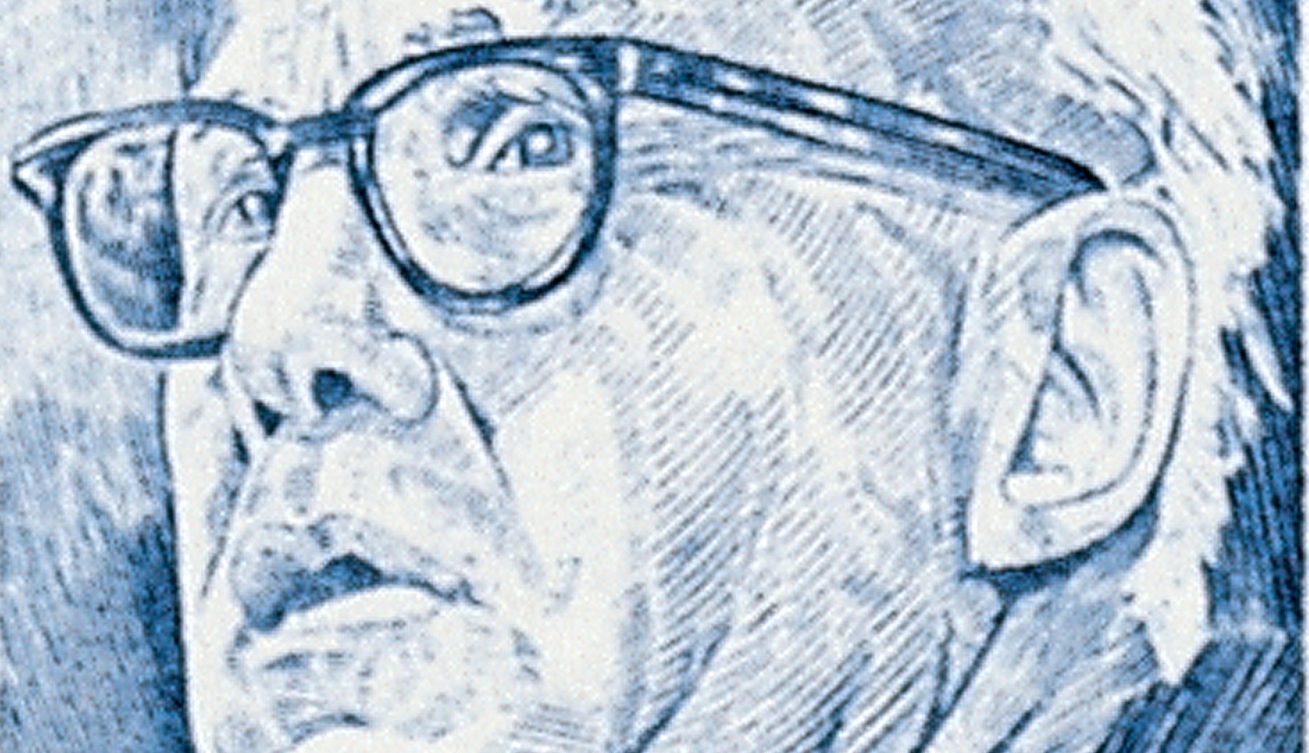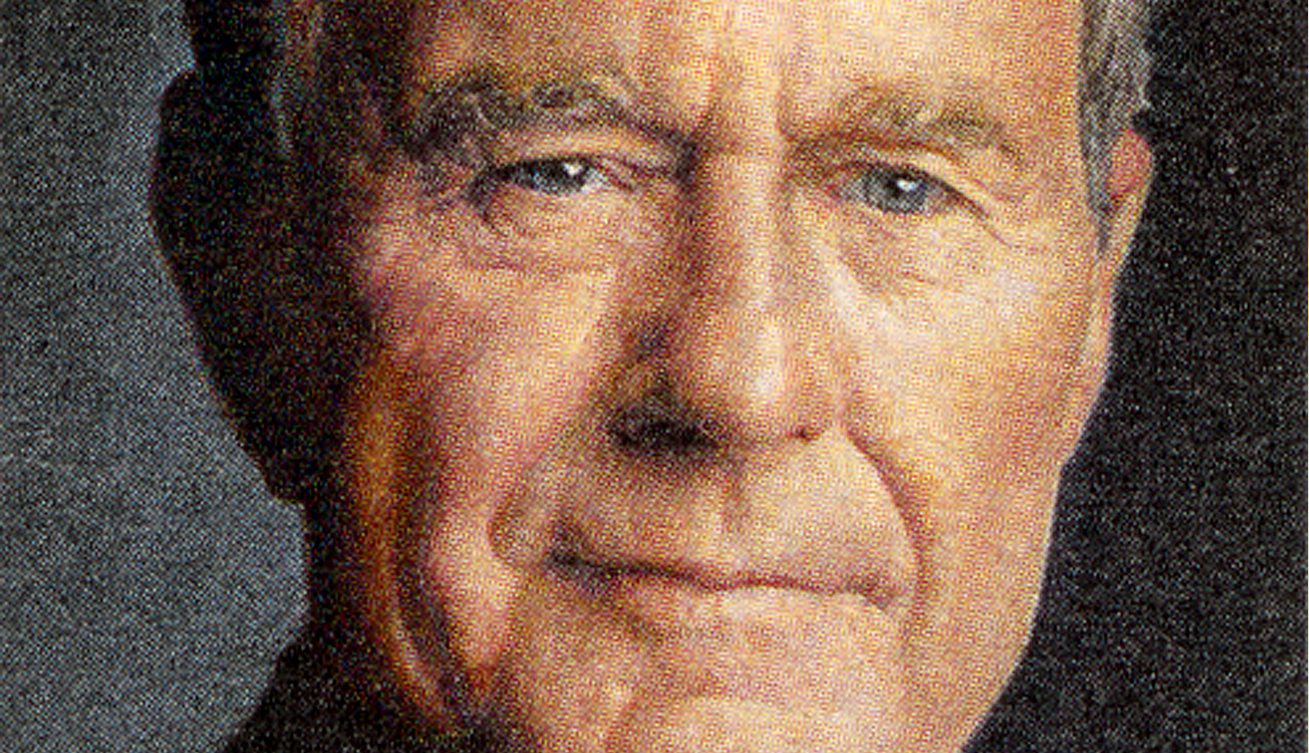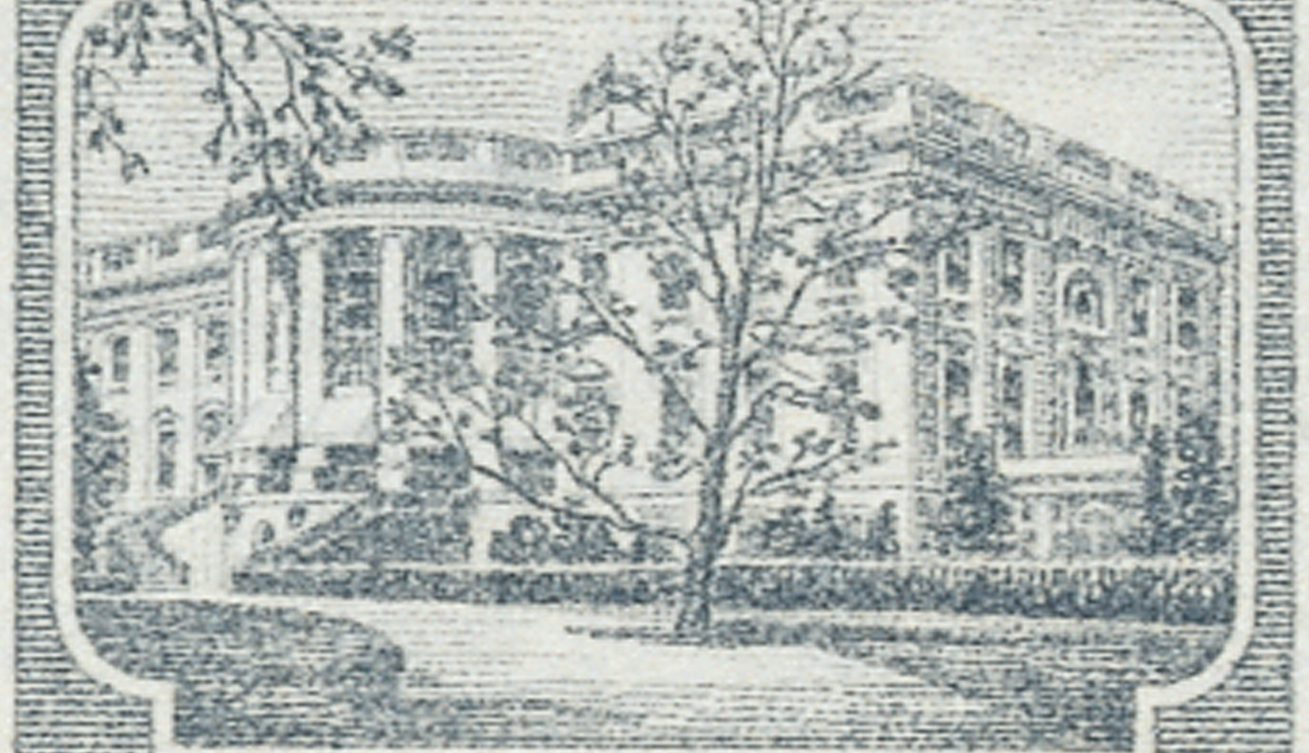Birth of President Lyndon B. Johnson
America’s 36th President, Lyndon Baines Johnson, was born on August 27, 1908, in Stonewall, Texas. President Johnson promoted a “Great Society” and signed many initiatives into law aimed at civil rights, public broadcasting, health, education, the arts, and public services.









